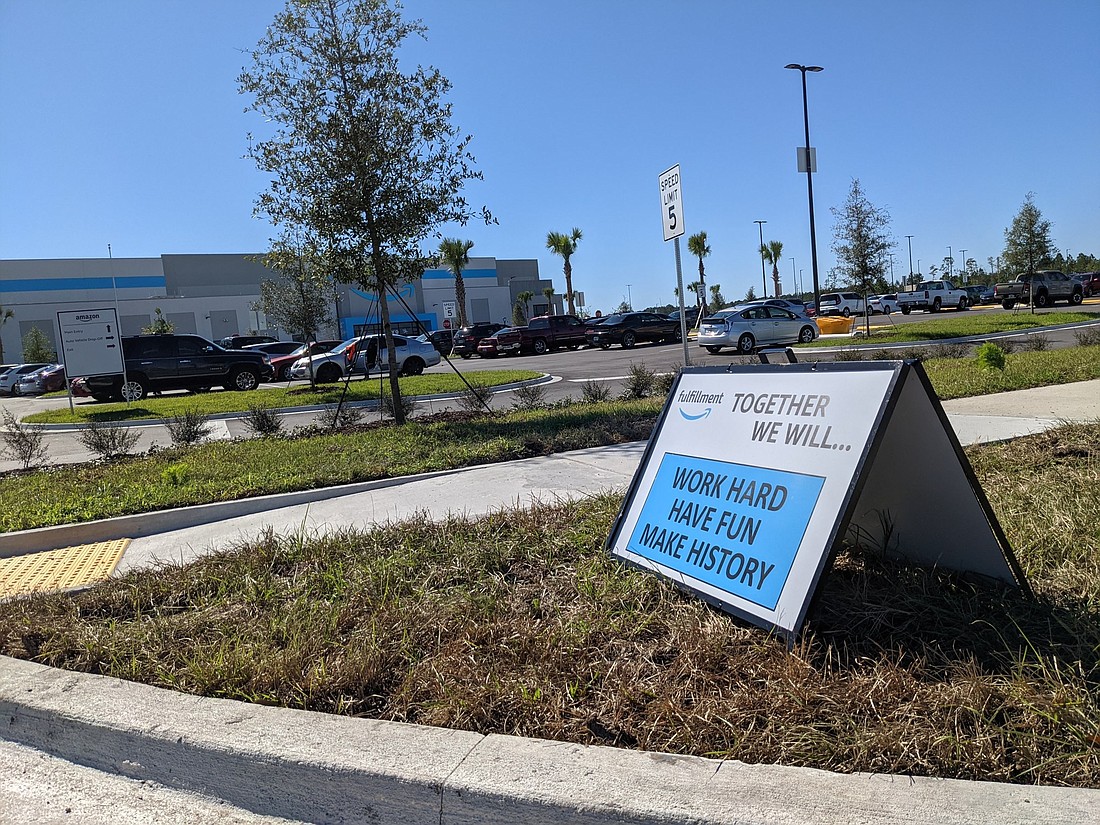
Northeast Florida’s commercial real estate market has been adjusting to the growth and demand resulting from the pandemic, including changes in the office workplace.
Some areas, like industrial and retail sectors, are seeing record-low vacancy rates.
The pandemic began in March 2020. The National Bureau of Economic Research soon announced, in June, that the 128-month economic expansion had ended in February.
The official recession didn’t last long.
In July 2021, the bureau announced the recession ended in April 2020.
That meant the two-month downturn was one of the deepest, but also one of the briefest, in U.S. history.
The Reuters news agency reported the U.S. economy contracted at a record average annualized rate of 19.2% from its peak in the fourth quarter of 2019 through the second quarter of 2020, confirming that the COVID-19 recession was the deepest going back to 1947.
It also reported the pace of recovery rebounded at a historic average rate of 18.3% between the second and fourth quarters of 2020.
Businesses and economists are watching indicators like inflation, COVID variants, supply chain problems, materials price increases and labor shortages as they figure out how to proceed.
They are moving forward, however.
In Northeast Florida, industrial and retail tenants specifically are expanding.
Consumers increased their reliance on e-commerce for ordering and delivery during the pandemic, a practice that continues. That means a steady need for more warehouse space.
As consumers ventured out as the pandemic shutdowns eased, they resumed shopping and dining out. Real estate brokers say there is more demand for store and restaurant space, especially in areas of strong housing growth.
Office-based employers faced a different challenge. First, it was how to operate their staffs remotely as they were sent home during the pandemic.
The issue then became when to bring back the office staff and how to design the workspace and workflow.
The commercial real estate market is responding to the evolving needs.
“A plausible outlook is that waves of COVID-19 continue but the U.S. economy and health system learn to manage these disruptions,” wrote the CBRE commercial real estate company in its third-quarter 2021 market report.
“This will allow room for 5% GDP growth in 2022, as business investment and consumer activity normalize.”